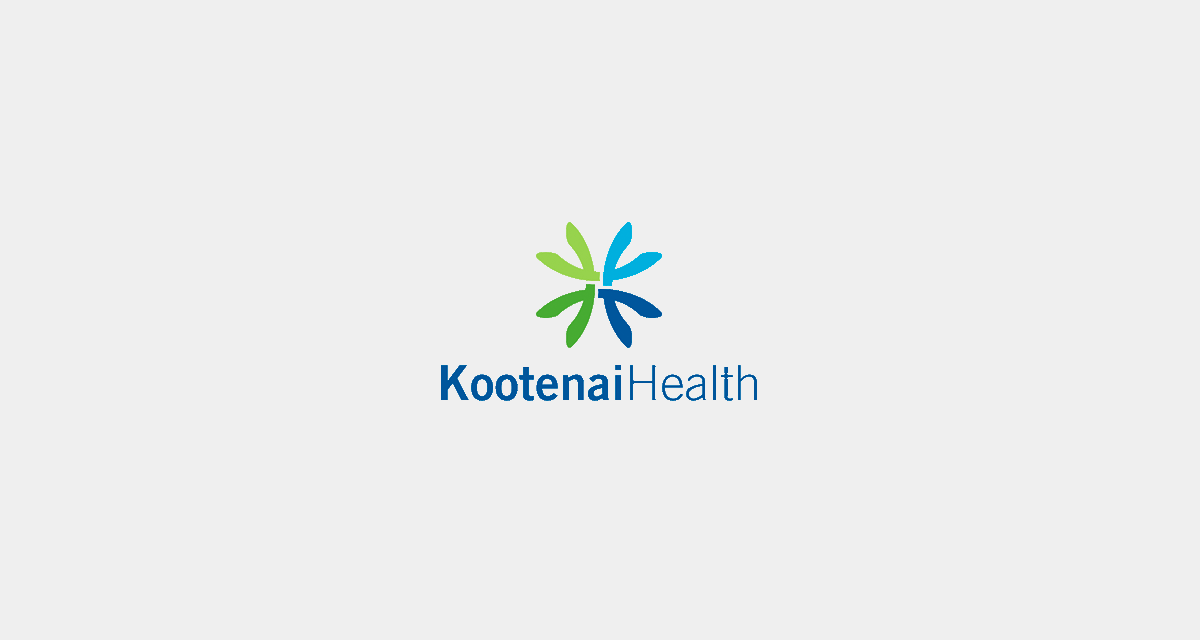Stay on Top of Important Discoveries
We read case studies and academic journals so you don’t have to. Sign up and we’ll send you the key takeaways.
It’s that time of year again–budgeting season is officially upon us. And a process that’s already inherently taxing is often made even more complicated by proposed budget cuts.
Planning and funding for the professional development of teachers has been a recent point of contention (Adler, 2019). This makes it especially tough to prioritize educator training efforts in the most effective way possible. Thankfully, there are a lot of great resources out there to help you create top-notch professional development programs, all while getting the most out of your Title IIA funds.
And lucky for you, we’ve done some of the heavy lifting to come up with steps you can follow to make this the smoothest budgeting season yet.
If you don't have a cost-effective Vosaic account for teacher coaching and observation, you can start with a free trial today.
Step 1: Assess the Current Situation
The first step to budgeting for professional development is to assess different aspects of your school or department. Each school, department, and teacher is unique, which is why it’s imperative to form professional development efforts around individualized needs. An article by Swing Education suggestions taking a look at the following factors when planning for professional development:
- District/school improvement needs
- Teachers’ current skill sets
- District or school’s technology and infrastructure capabilities
- How new blended learning or grade-wide initiatives need to be prioritized to determine what will actually get addressed
- Potential changes in curriculum
Once you’ve reflected on each of these points, it’s important to consider the financial requirements of your school or department’s professional development efforts. Essentially, where are your opportunities for improvement, and how do you maximize your budget dollars to implement high-quality, effective professional learning opportunities?
Step 2: Identify Your Professional Development Goals
Now that you’ve assessed your areas of improvement and their associated costs, you can start prioritizing different aspects of professional development and setting goals.
Notice a lag in technology at your school?
Set goals for teachers to integrate more technology into the classroom and create an online presence with their students.
Is a specific department struggling to adapt to an updated curriculum?
Aim to increase collaboration between educators and cultivate a more engaging student experience (Cox).
Just make sure that these goals are realistic and attainable in the scope of your professional development budget. It’s also vital to tailor goals towards teachers at all different levels of experience and knowledge. New teachers who are still adjusting to their roles may need to set very different training and development than teachers who have been in the game for several years. Might read better as: New teachers who are still adjusting to their roles may need very different training and development than teachers who have been on the job for several years.
Step 3: Pick a Professional Development Provider
You’ve set development goals for the educators in your school or department, so now it’s time for the tough part–figuring out how to achieve those professional development goals. But this step doesn’t have to be as intimidating as it seems, especially when you enlist some help. In 2019, there’s no shortage of resources that can take the time–and effort–consuming process of creating a personal development plan out of your hands. Check out providers like FACTS Education Solutions to see how they can help you best meet and exceed your professional development goals using Title IIA funding.
Step 4: Update the Process with Technology
Classrooms don’t operate the same way as they did 50, 20, or even 10 years ago–why should professional development programs? The last step in making the most of your budget is to utilize technology, which can streamline the process and allow for year-round professional development. Technology is especially crucial if you don’t have the time or funding to send your staff to lengthy, offsite, expensive conferences and retreats.
For example, consider video technology. It can enable users to record videos of themselves in the classroom, annotate these videos for self-reflection, and share with peers and supervisors for feedback. With Vosaic, you can do all that, and use Title IIA funding to purchase it. Video encourages teachers and coaches to get and provide feedback on new instructional techniques, improving experiential learning and increasing collaboration.
Budgeting Early and Investing in Professional Development Helps Everyone Win.
Continuous professional development is crucial in enabling individuals to become the best educators they possibly can be. That’s why it’s so essential to make the most of your professional development budget and create a plan that sets up teachers for success.
Schedule a short call with us to learn how using video and Vosaic can help deliver effective and efficient professional development throughout the year.



